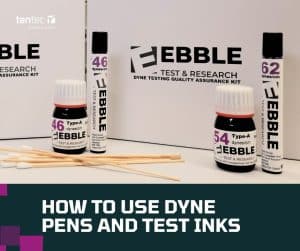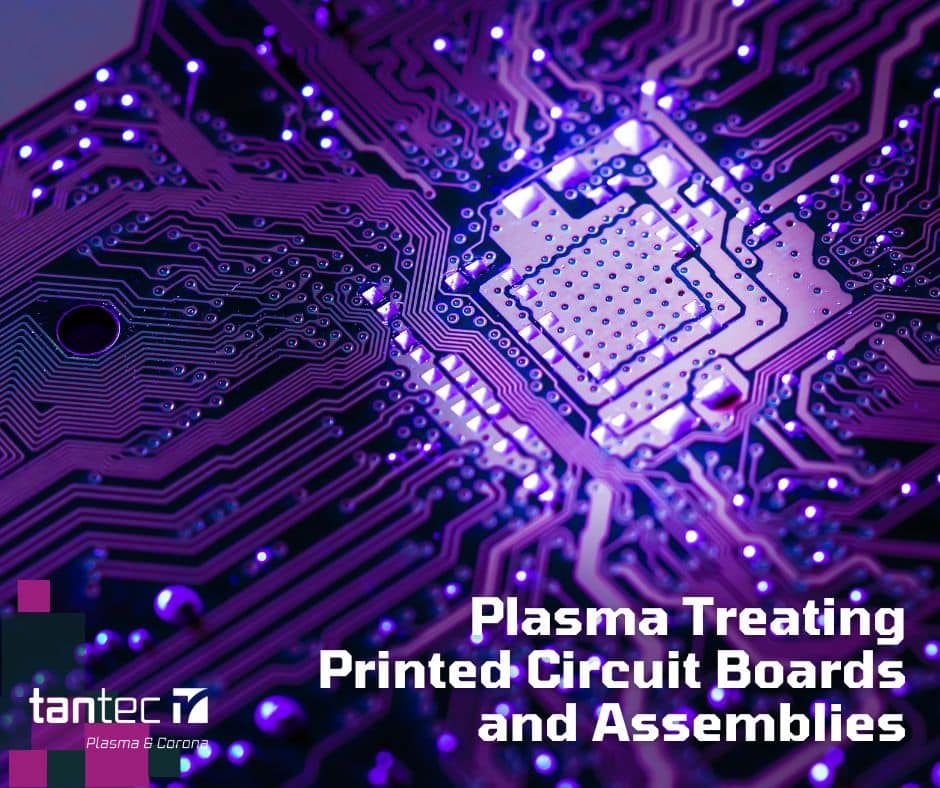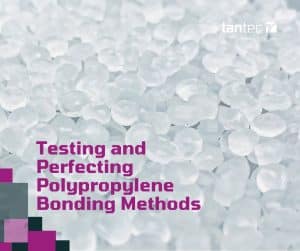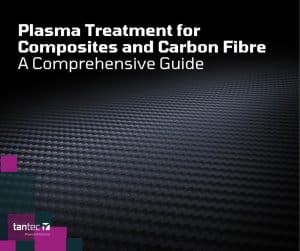
How to use Dyne Pens and Test Inks
Read this to find out the official way to get

Plasma treatment is commonly used in the electronic industry at various stages of manufacture. Plasma etching removes physical layers, while plasma enhanced deposition adds additional layers. These plasma systems can be powerful tools, critical to the manufacture of chips and electronic components and Printed Circuit Boards.
Plasma treatment is commonly used to improve adhesion, bond components, and clean surfaces.
This type of treatment can be used on populated and bare boards, or components before assembly.
Here at Tantec UK & Ireland we take a look at Plasma Treating Printed Circuit Boards and Assemblies (PCBs and PCBAs).
A wide variety of materials are available for printed circuit boards, including epoxy solder masks, FR-4 core materials, metal and ceramic boards. Printed electronics are expected to be used in wearable medical devices, sensors, clothing, and other applications.
This range of materials, uses and requirements means that having perfect, strong adhesion is often key for product performance. Bonding a small component such as a lens on to a board mounted LED that will ultimately be covered by a polycarbonate top might not need the same performance required by a large sensor bonded on to a board used within a vibrating, energetic environment requiring water ingress protection.
Treating a PCB prepares the board and circuitry without damaging, etching or changing the surface finish in any way other than to improve adhesion for further processing.
Plasma cleaning and plasma treatment are closely linked, and often both play a role in the process.
Firstly, any surface presented to plasma with contamination will be cleaned. The energy within the plasma obliterates organic contamination, turning it in to simple gases such as carbon dioxide and water vapour. This leaves a clean, perfectly exposed surface which in many circumstances is enough to give better results. Metals and ceramics in particular are likely to stop here and be ready to process.
Secondly, with the bare material now exposed, softer materials like epoxies and polymers will then undergo treatment which is when the excited species in the plasma stick on to the surface, giving enhanced surface chemistry which is key for bonding.
The two are really happening at the same time, cleaning and treating quickly within the same cycle. It might be possible to have a quicker process if cleaning only is required, but for a few reasons, this isn’t always the case.
Plasma treatment of printed circuit boards can be done in a number of ways, and really depends on the volume, size and shape of the part.
Vacuum plasma can be used to treat complex shapes or populated boards, as it covers 100% of the surface, including under fixed components, in holes, and around complicated areas. This simplifies the process and allows for a variety of components to be treated.
Atmospheric plasma can be used to select specific areas of a board, which is often faster than vacuum plasma and can be done inline. This can be useful if you only want one area of the board to be adhered to.
Corona treatment is not often associated with circuitry because it is a high voltage discharge that can damage circuits. A setup designed for flexible circuitry treats the initial flexible fabric or polymer base, or to treat layered printed electronics in some examples.
Alternative preparation methods might be to use a primer or coating on the board as an intermediate layer. While a good solution, especially for low volume production, it comes at the cost of having liquids to store and apply evenly and consistently. These coatings may be waterproof or give barrier properties which plasma does not, so are often used for more reasons than simply adhesion promotion.
Cleaning the board may give good results, especially if a flux or oily contamination is preventing adhesion. Cleaning in the right way is obviously important, and a wet cleaning process might not be suitable for a populated board. Wet cleaning is often good for removing bulk amounts of contamination, certainly it is the better solution for heavily soiled components.
Changing base material, adhesive, tape or other substrate might give you improved performance. This might be the sensible option, but could be more costly which for larger volumes might not be the best way to go.
Using plasma or corona to prepare the PCB will enhance adhesion, but it will not damage or change the surface in any other way. There are no chemicals or consumables associated other than power. This makes the technology a green, environmentally favourable process which is highly repeatable and controllable with traceability for quality purposes.
Plasma or corona treatment is a simple way to prepare boards for electronic components. Treating populated boards in any material is easily done with a variety of technologies. These can range from systems with the ability to treat everything, to higher speed specific systems designed for individual applications.
Treating a material with plasma or corona requires no consumables other than power and occasionally compressed air. The health and safety associated with the processes is often very minimal.
Costs for equipment typically start around £6,500, however, more complex systems can be several hundred thousand.
Ebble Manufacturing offers a sensible and affordable way to use plasma technology.. This makes it cost effective and a good way to gain knowledge and understanding about the processes and their capabilities.

Read this to find out the official way to get

Polypropylene (PP) bonding is traditionally a difficult task due to

Composites are becoming increasingly important in manufacturing, whether these are
40A Crossgate Road
Park Farm Industrial Estate
Redditch
B98 7SN
Tel: 01527 304 004
Email: info@tantec-uk.com
